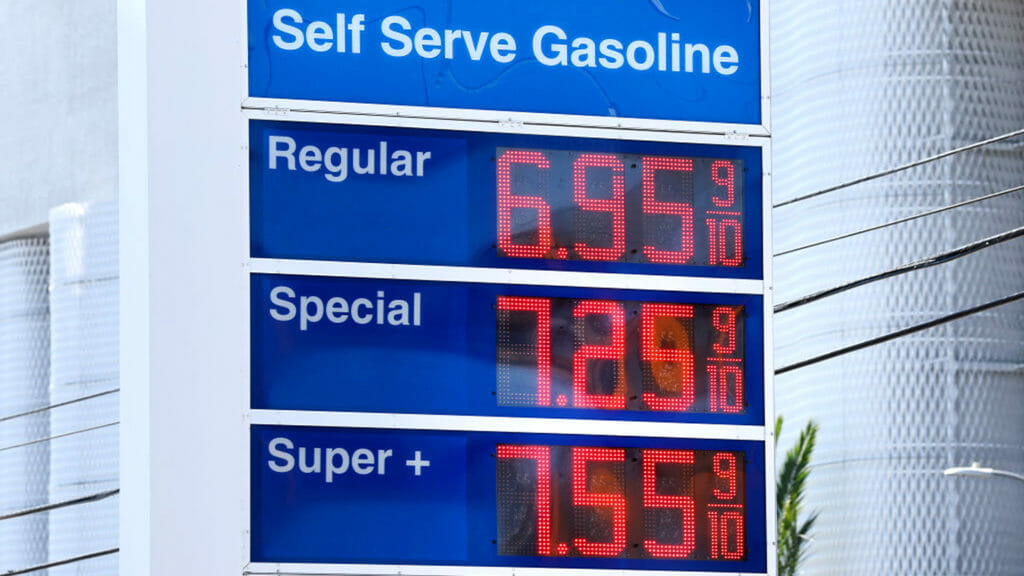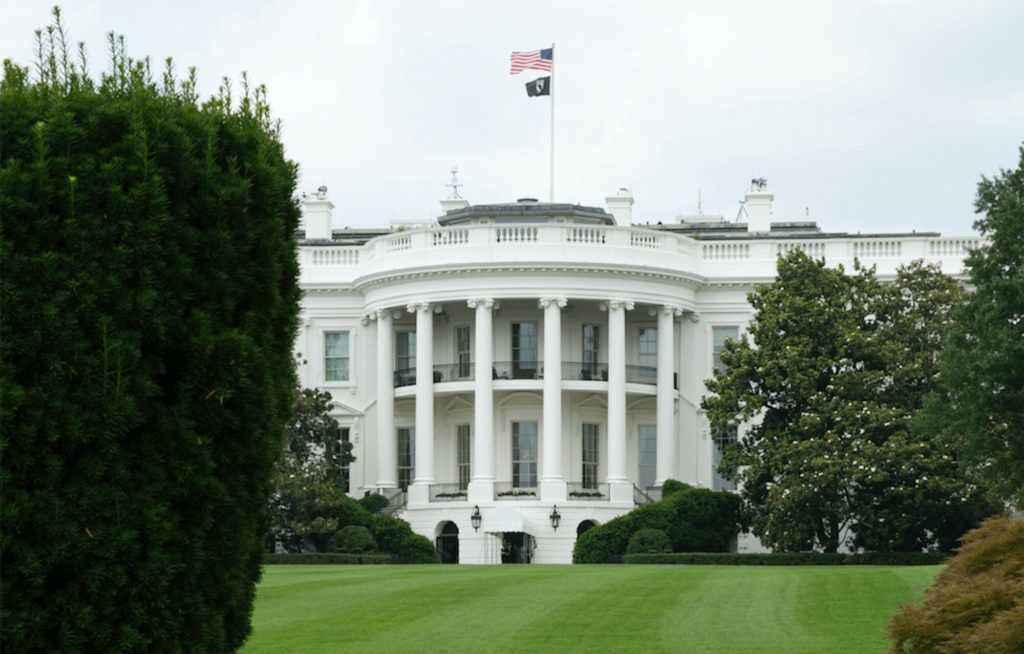
Skyrocketing fuel prices exacerbated by the war in Ukraine are replacing COVID-19 as the latest crisis in home care. The price spike is already forcing some home care agencies to hike wages at a time when high caregiver demand and inflation are also putting upward pressure on wages.
COO Steven Turner of Griswold Home Care, based in Philadelphia, told McKnight’s Home Care Daily Pulse the company has increased hourly wages approximately $0.50 in the past two weeks to help caregivers in many of its 200 locations shoulder higher transportation costs.
“In rural areas where [caregivers] are driving farther it’s a bigger problem,” Turner explained. “If you’re driving 25 miles a day or 50 miles round trip, then gas per mile is more material.”
During a virtual healthcare conference on Tuesday, LHC Group President and COO Joshua Proffitt said the company adjusts its mileage rates twice a year but will likely make an adjustment sooner than expected due to higher pump prices.
“If we were to move up our adjustment date and adjust rates to the current fuel price using our formula that would add an additional $2 million in transportation costs in 2022 over 2021,” Proffitt said.
Dramatic spike in fuel prices
Crude oil prices and gasoline prices were already heading north in late February when Russia invaded Ukraine. According to the American Automobile Association, the national average for a gallon of gasoline was $4.25 on Wednesday. That is $0.60 higher than a week ago and nearly $0.80 higher than a month ago. Phil Flynn, energy analyst for Price Futures Group, told McKnight’s Home Daily Pulse President Biden’s decision on Tuesday to ban Russian oil imports to the U.S. will make a bad situation even worse.
“Unfortunately, we are in a new era of high gas prices,” Flynn said. “It’s coming at a time when we’re heading into the summer driving season when formulation prices always go up.”
The pain of high pump prices is especially acute in California where the average price for a gallon of gas is $5.57.
Parker Wells, vice president of Santa Ana, CA-based Care To Stay Home, told McKnight’s Home Care Daily Pulse in an email that some caregivers are limiting how far they will travel to see clients, leaving some without care.
“Those customers who need part-time assistance or minimal care each week are not able to access care like they used to,” Wells said. “Many families are having to step in and provide care for their loved ones simply because there is not enough staff available to help with the shorter-hour cases. No one wants to work short-hour cases — the economics are not making financial sense for many care providers.”
Concerns about telehealth push, caregiver shortage
Home care providers are trying to offset costs by using telehealth visits whenever possible or using Zoom for initial consultations with clients and their families. Agencies are also using software to schedule caregivers in closer proximity to clients. But Homewatch Caregivers COO Jennifer Turner told McKnight’s Home Care Daily Pulse that approach isn’t always effective.
“You want to have the right match between the caregiver and client,” Turner explained. “So, it can’t just be the proximity that you’re looking at.”
There are also concerns that rising fuel prices will add to the caregiver crisis. Rebecca May-Cole, executive director of the Pennsylvania Association of Area Agencies on Aging, told McKnight’s Home Care Daily Pulse that 98% of the association’s members who responded to a recent poll said they were having difficulty finding in-home care for seniors.
“These gas prices will serve to magnify the situation,” May-Cole said. “We don’t pay our home care staff enough now as it is. Expecting them to absorb higher gas prices is unfair and unreasonable.”



